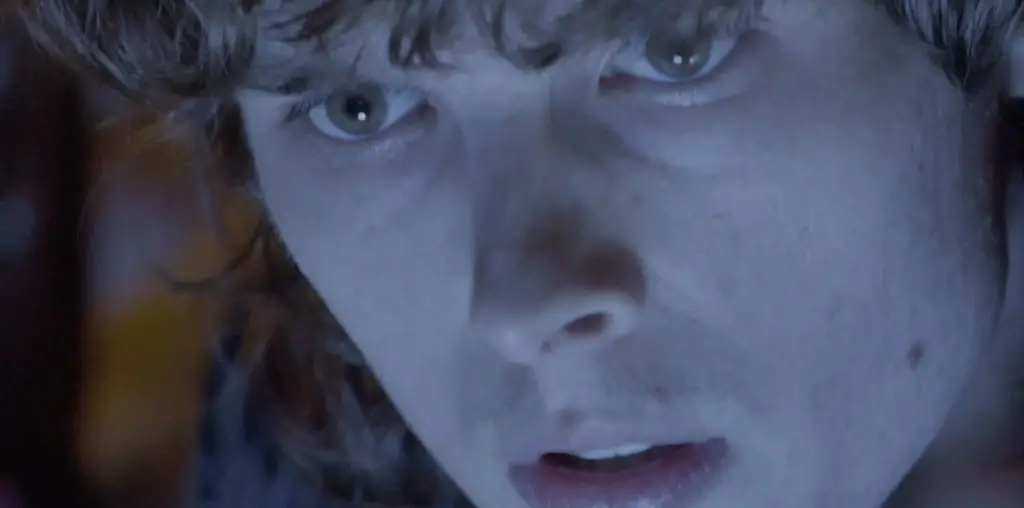
“Full Frontal” finds Steven Soderbergh retreating from the more mainstream-friendly gloss of his popular recent efforts and back in a more experimental mode. If for nothing else, the Oscar-winning director deserves credit for not resting on his laurels and taking on a risky lark of a project. Too bad the most positive word I can come up with to describe the end product is that all-purpose term of faint praise: interesting.
I suppose the difficulty of “Full Frontal” is directly tied to its unusual production. The film was shot mostly on digital video using only practical locations in Los Angeles over a span of 18 days, during which its actors were asked to follow an amusing set of rules (which can be read at the film’s official website). The final rule was “You will have fun whether you will want to or not,” and one does get the sense that the loose, tightrope production was probably an enjoyable and challenging change of pace for the cast. Unfortunately, that rule probably won’t apply to most of the viewing audience, who will find most of the film to be a fascinating chore.
Screenwriter Coleman Hough has admitted that the script was built from a number of unrelated scenes, and the slapdash non-structure of the film reflects this. “Full Frontal” covers a 24-hour-period of a loosely connected group of Angelenos, all of whom are somewhat tied to movie producer Gus (a barely seen David Duchovny). There are two sisters, an unlucky-in-love masseuse (Mary McCormack) and a brittle career woman (Catherine Keener), the latter of whom is married to a magazine writer (David Hyde Pierce), whose screenplay collaboration with a playwright friend (Enrico Colantoni) plays out as a film-within-a film starring superstars Calvin (Blair Underwood) and Francesca (Julia Roberts). Altman-style, these characters collide and intersect in sometimes-surprising ways, and nearly all of them converge for Gus’ birthday party that night.
The film is at its most effective when showing how one’s life informs one’s creative endeavors, whether within the conceit of the film (as in the parallels between the Hyde Pierce character and those in his film) or in the context of the actual world (Underwood’s movie star character in the film-within-a-film laments the race-imposed limits on his career–which tellingly reflects how Underwood’s leading man looks, charisma, and talent have been similarly squandered for years in real-life Tinseltown). Most of the film, however, is cluttered with the aimless, non-sequitur tangents of scenes that one would commonly associate with such loosely structured, heavily improvised dramatic projects. There’s no denying that there is a laugh or two to be had here and that there is some good performances–Nicky Katt, in particular, enlivens the proceedings with his portrayal of an egocentric stage actor playing Hitler–but such pleasures exist in a larger vacuum, not to mention they are too small and fleeting to ultimately add up to much.
Soderbergh deserves major props for doing a complete 180 after the blockbuster exercise in Hollywood hipster cool that was Ocean’s Eleven, but it’s disappointing that he couldn’t make something more cohesive out of his admirable experiment.
